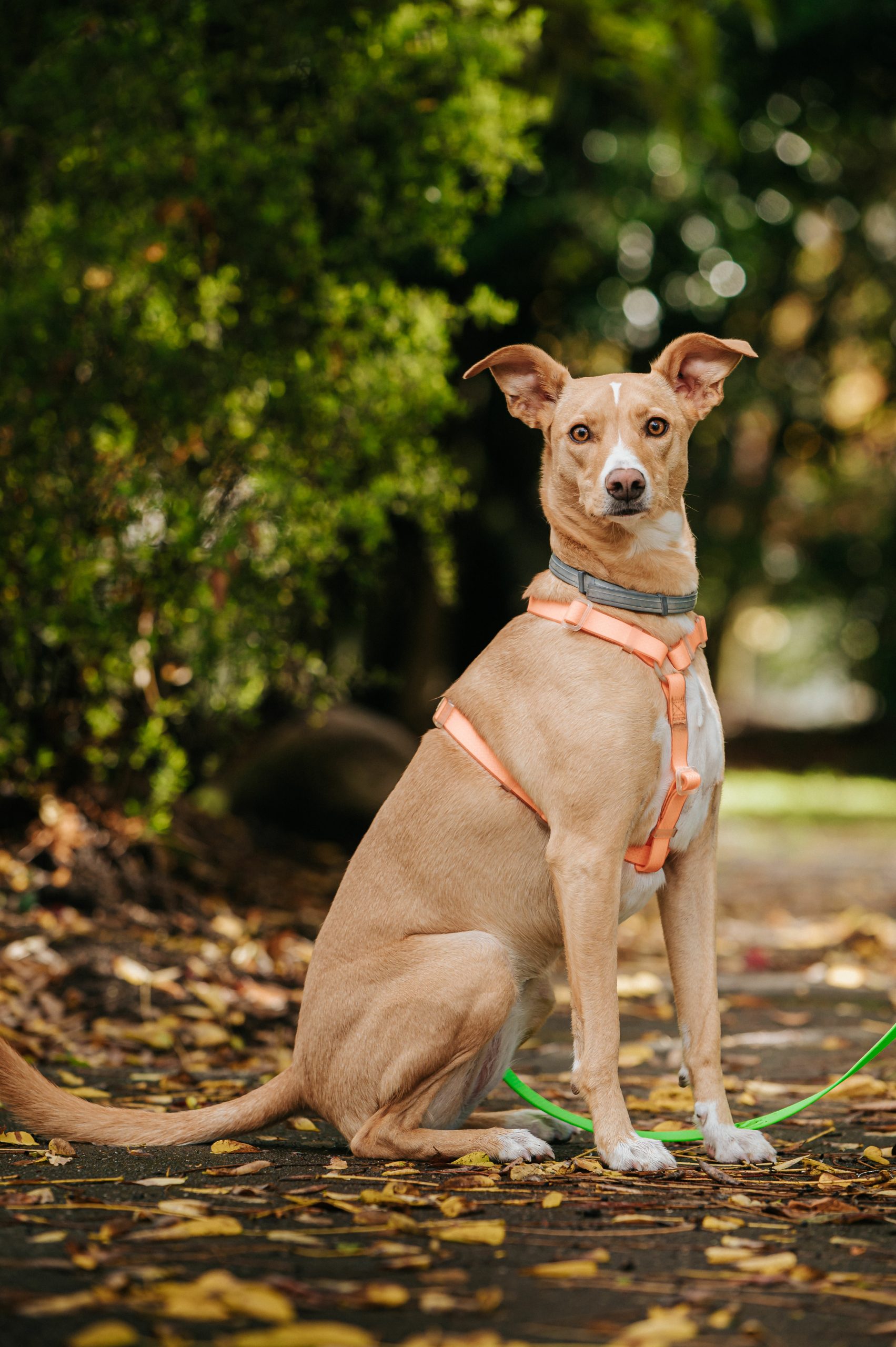Africa’s ‘Barkless Dog,’ the Basenji, is a tiny, sweet-faced hunter with intelligence and grace. They are one-of-a-kind and enticing pets, ideally suited to owners who can satisfy their exercise requirements and enjoy the challenge of teaching this cat-like canine. Basenjis are petite, elegant hounds that stand 16 to 17 inches at the shoulder. Their shimmering short coat, tightly curled tail, furrowed forehead, and expressive almond-shaped eyes portray a range of nuanced, humanlike emotions. Basenjis are beautiful at a standstill, but they are much more attractive at a rapid trot when they have the long, fluid movements of a mini-racehorse. And, while they don’t bark, they do create an unusual sound that has been described as a cross between a chortle and a growl. Basenjis are picky and groom themselves like cats. This has been dubbed a “cult breed” since its numbers are limited, but those who are fortunate enough to acquire one do so with zeal.
Basenji
Average sizes and life
expectancy of the breed.
Height
17 inches (male)
16 inches (female
Weight
24 pounds (male)
22 pounds (female)
Life Expectancy
13-14 years
Breed Traits & Characteristics
About the Breed

Owning a dog is not just a privilege; it’s a responsibility. They depend on us for, at minimum, food and shelter, and deserve much more. When you take a dog into your life, you need to understand the commitment that dog ownership entails.
 Health
Health
Basenjis are generally healthy dogs, and conscientious breeders screen for health issues such as hypothyroidism, IPSID (inflammatory bowel disease), and canine hip dysplasia. There are gene tests available to identify carriers of Fanconi syndrome, a kidney disorder, and progressive retinal atrophy, or PRA; these tests enable breeders to plan breedings that will not create those diseases. As with all breeds, a Basenji's ears and teeth should be checked on a regular basis.
Recommended Health Tests From the National Breed Club:
- Hip Evaluation
- Thyroid Evaluation
- PRA-BJ1 DNA Test
- Fanconi Syndrome DNA Test
- Ophthalmologist Evaluation
 Grooming
Grooming
 Exercise
Exercise
 Training
Training
 Nutrition
Nutrition
History
Basenjis are vying for the title of AKC’s oldest breed. According to paleontologists, the first domesticated dogs resembled Basenjis. They were already well established when they were transported up the Nile from interior Africa as gifts for ancient Egypt’s pharaohs. Basenjis can be found in ancient Egyptian artifacts, as well as traces of the breed in Babylonian and Mesopotamian art.
These once-mighty civilizations fell millennia ago, but the Basenji survived as a semi-wild dog dwelling at the Nile and Congo rivers’ headwaters. Basenjis were highly valued by Africans as adaptable hunters with excellent eyesight, explosive speed, and a highly developed sense of smell. Basenjis are well-known vertical leapers, a technique developed to seek prey in the African grasslands. (An African breed name translates as “jumping-up-and-down dog.”) Father Jerome Merolla, a 17th-century Catholic missionary in the Congo, left behind this written description of the feral Basenjis he saw: “These dogs, despite their wildness, do little or no damage to the inhabitants.” They have red hair, short skinny bodies, and tails that are turned behind them.”



